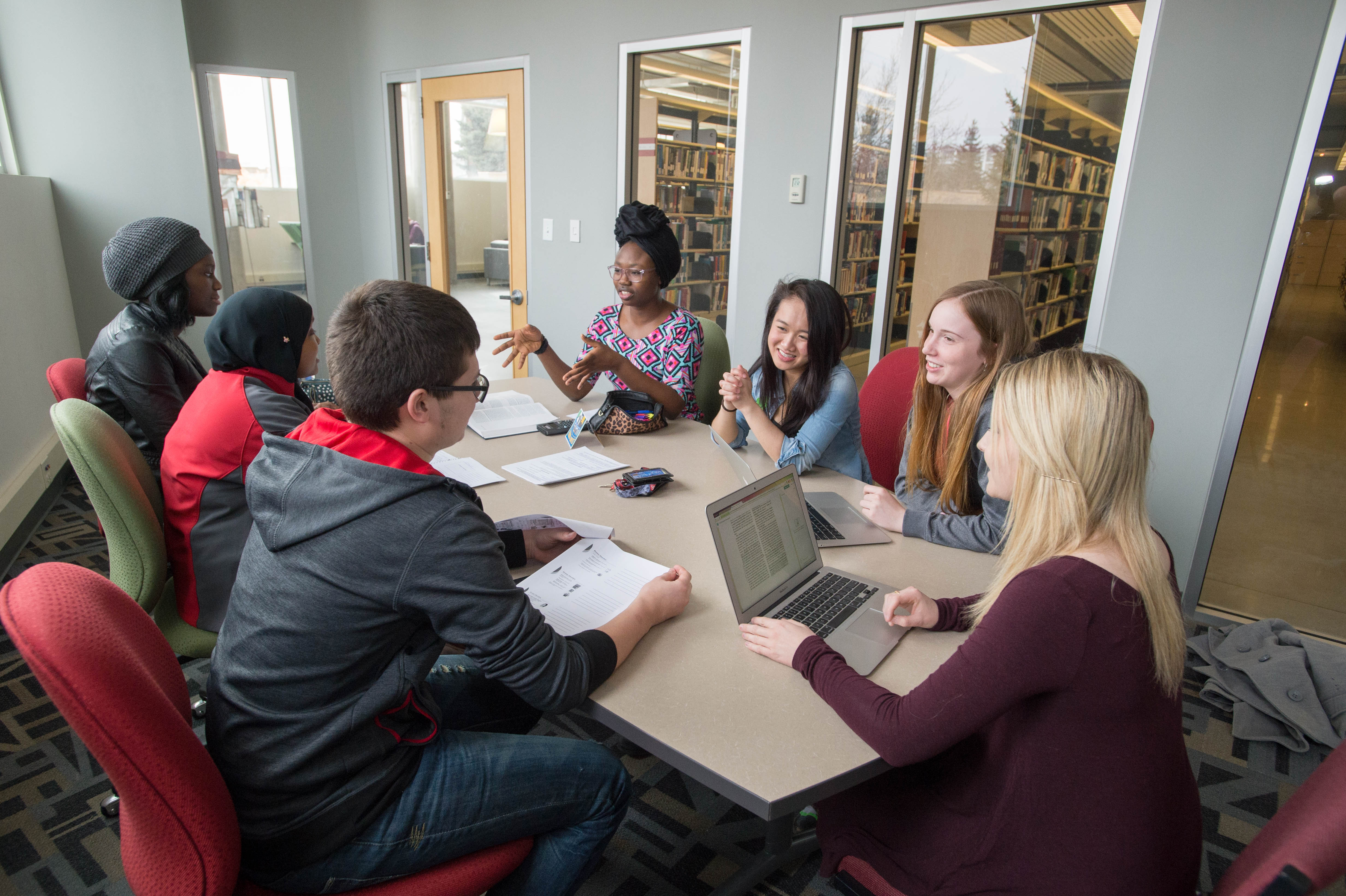Goal 13: Climate Action

research impact
For the period 2017-21
№ relevant publications: 1,039
№ times cited: 21,431
Key Stats
3,350 of 2,189,980 GJ of annual energy needs provided by low-carbon sources (2021)
261,844 tonnes of CO2 equivalent emissions in 2019, 23.3 per cent higher than in 2005
55 tonnes of CO2 equivalent sequestered due to land that the institution manages specifically for sequestration
Nearly 1 MW (992 kW) of installed solar energy capacity
sample Courses
News
Stewardship
Greenhouse gas emissions reduction plan
In 2014, the university set a goal to reduce emissions 17 percent below 2005 levels by the year 2020, matching the Government of Canada's goal set under the Copenhagen Accord. As a globally recognized leader in post-secondary education and research, and a leader in sustainability, the University of Alberta plans to align future reductions plans with changing government commitments.
Greenhouse gas emissions reporting
The University of Alberta released detailed greenhouse gas emissions inventory reports for its baseline year (2005–06) and first reporting year (2012–13) and publishes its annual inventory numbers in a public GHG Emissions Dashboard. The inventory allows Facilities & Operations to better plan for reductions, manage sustainability data and support sustainability reporting.
Forest Reserve
The University of Alberta has reserved approximately eight hectares of land on the south bank of the North Saskatchewan River adjacent to North Campus. This land is set aside and will not be developed, sequestering approximately 55 tonnes of CO₂ equivalent per year. In addition, reserving this land maintains an unbroken length of the river valley, helping to preserve wildlife habitat and biodiversity.
Outreach
La Cité Résiliente
La Cité Résiliente: A Decade in Transition is a bilingual community-based energy transition project organized by Campus Saint-Jean professor Sheena Wilson. The project brought together university and community members to respond directly to the City of Edmonton’s materials on climate resiliency, imagining the possibilities and opportunities for community engagement alongside climate change. The project promises to help the U of A’s francophone campus adapt to the impacts of climate change.
Adaptation Resilience Training
Each year, the Adaptation Resilience Training provides 30+ recent graduates from across Alberta with an eight month paid internship working to prepare Alberta for the impacts of climate change. This program gives recent students workplace experience that will help them continue jobs in the climate adaptation field.
Energy Transition Leadership Network
The Energy Transition Leadership Network is a group of more than 100 leaders who work in commercial, industrial, non-profit, educational and institutional sectors. They represent organizations who are passionate about the City of Edmonton's energy transition strategy, with members working together to turn ideas into action. The U of A is represented by members of the Sustainability Council and Energy Management & Sustainable Operations.
Research
UArctic Thematic Network on Local-Scale Planning, Climate Change, and Resilience
Jeff Birchall already manages the U of A’s Climate Adaptation and Resilience Lab and will now lead an international network of scientists focused on building climate change resilience. This network, convened by UArctic, explores how communities confront climate change and adapt to impacts such as extreme weather and rising temperatures.
🔗 New international network on climate change led by UAlberta scientist
Santa Rosa National Park and Environmental Monitoring Super Site
Led by principal scientist Arturo Sanchez-Azofeifa, the Santa Rosa National Park and Environmental Monitoring Super Site in Costa Rica is looked to by researchers and policy makers the world over for best practices in environmental monitoring. The site monitors tropical dry forests' responses to climate change with carbon flux towers, wireless spectral networks, satellite technology, and drone research, producing more than 10 billion data points each year.
🔗 Characterizing climate change
Future Energy Systems
Future Energy Systems is a $75 million tri-agency funded research group that develops the energy technologies of the near future; examines the integration of these technologies into current infrastructure; and considers the social, economic and environmental impacts of energy innovations. Their renewable energy research includes innovations in biomass, hydrogen fuel cell, geothermal, solar, wind and smart grids.
Alberta Centre for Sustainable Rural Communities
The Alberta Centre for Sustainable Rural Communities assists rural communities in meeting diverse challenges through fostering constructive dialogue, promoting interdisciplinary and collaborative research, and developing partnerships.
Environmental Observation Project “ENVIRO-NET”
Enviro-Net is a not-for-profit project developed at the University of Alberta within the Departments of Earth and Atmospheric Sciences, Computing Science, and Engineering. The system can be used to monitor entire regions of a country rather than a small amount of hectares of forest, which can allow researchers to make accurate predictions of environmental conditions, like a drought, in advance of government declarations.
notable stories
🔗 Edmonton, U of A team up to help citizens guide climate change action
Innovative collaboration between city and university could show the world how to involve citizens in the fight against global warming.
🔗 Edmonton-based study aims to help cities improve planning for natural disasters
Engineering professor Stephen Wong is leading Edmonton-based research aimed at helping cities better prepare for natural disasters, with a focus on residents who are at the most risk.
🔗 Understanding social vulnerability is critical for climate change adaptation: study
Jeff Birchall is co-author of a U of A study that suggests urban planning to help people adapt to climate change must take into account social vulnerabilities as well as physical ones.

